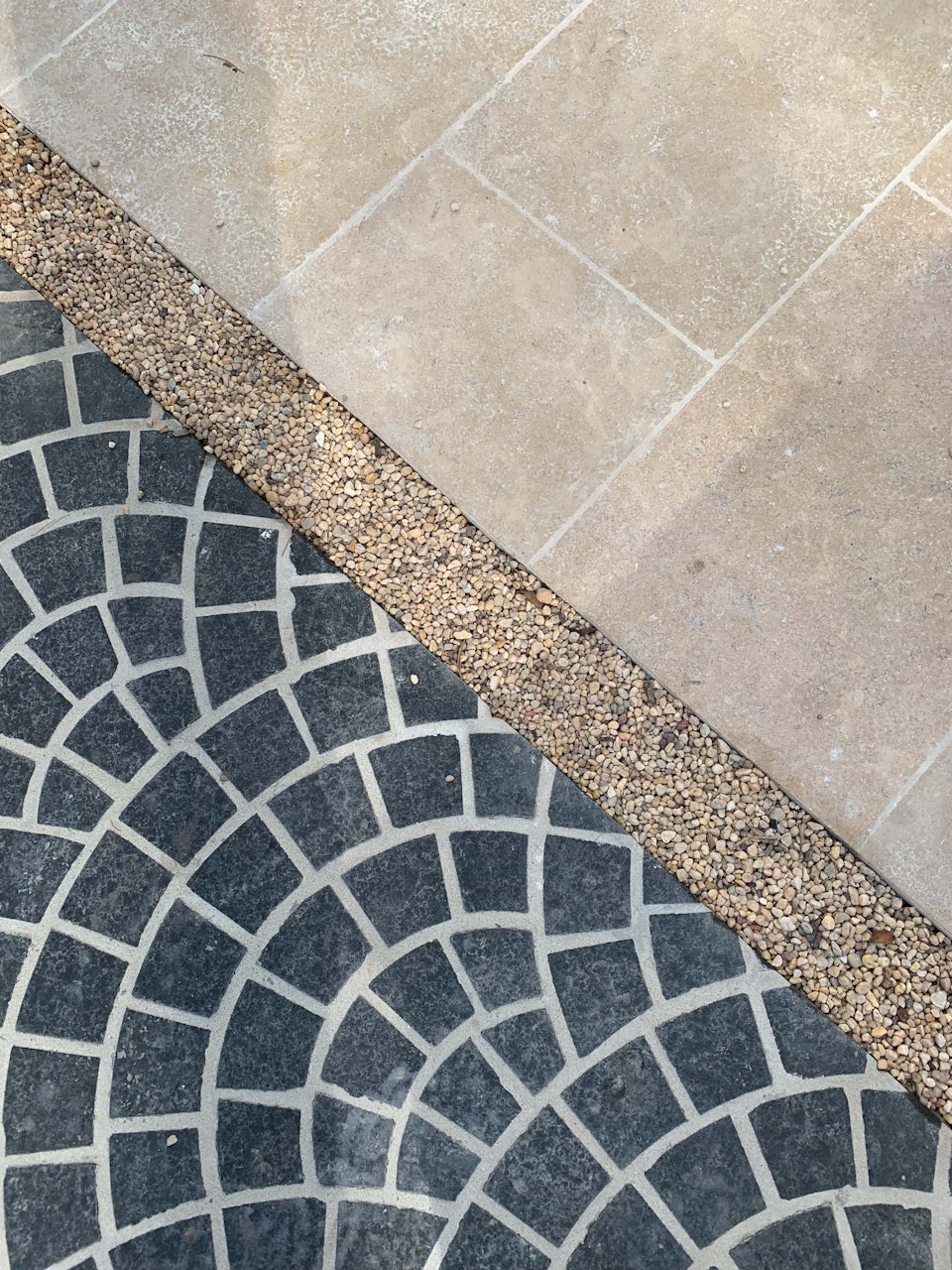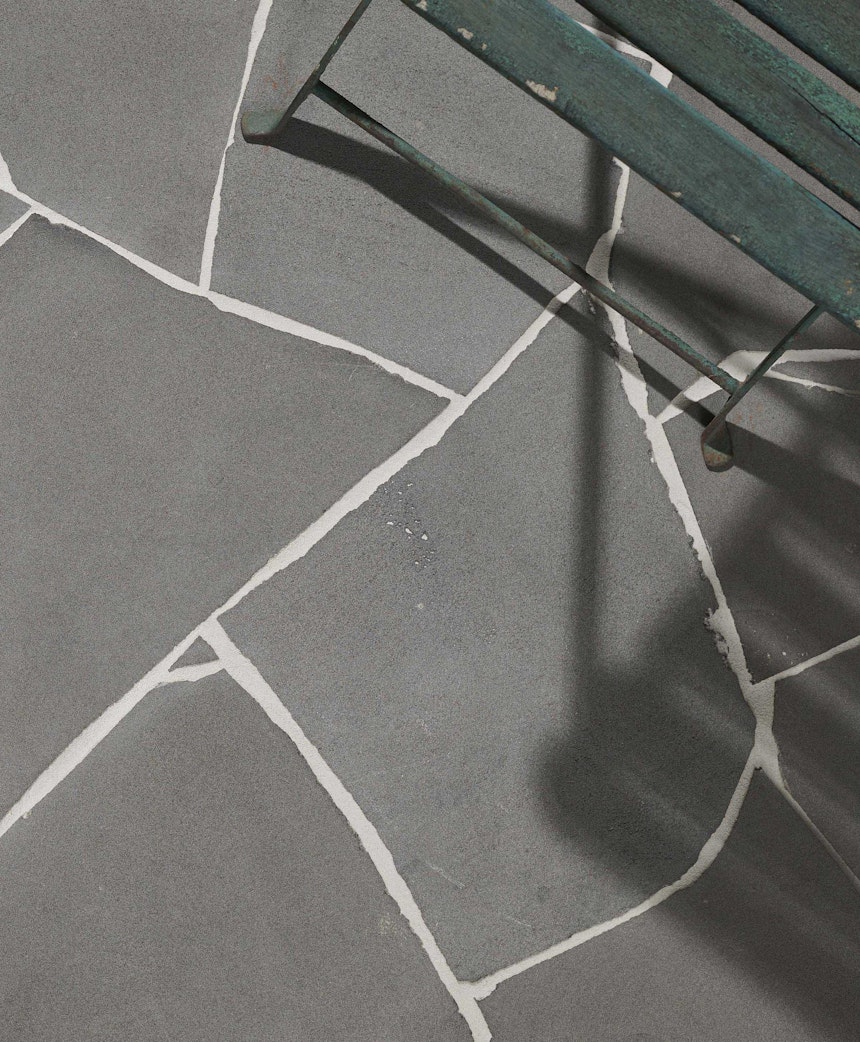Natural stones are any type of stone that can be found on Earth’s continental crust, or the outermost layer of our planet. As the creation of these materials occurred over a slow and diversified process that ran over millions of years, it won’t come as a surprise the sheer volume of different types of stones that can be found in nature, spanning from precious ones showcased in a jewellery shop, to the polished ones we step on, on a daily basis.
The three main types of natural stone found on earth are igneous, sedimentary and metamorphic; this classification is dictated by how the stone was formed over the course of the years – or millennia – and gives us interesting and useful insights on the qualities of that specific natural stone.
Natural stones are an example of beauty, strength and uniqueness. Our focus is on sourcing only the best quality natural stone from around the globe and bringing you a vast range of sizes and formats that will inspire you and be a perfect match for your next project.
If you have any questions regarding natural stone or would like to enquire about one of our products, give our team at Artisan Exterior a call or visit on our of our Showrooms.








